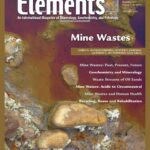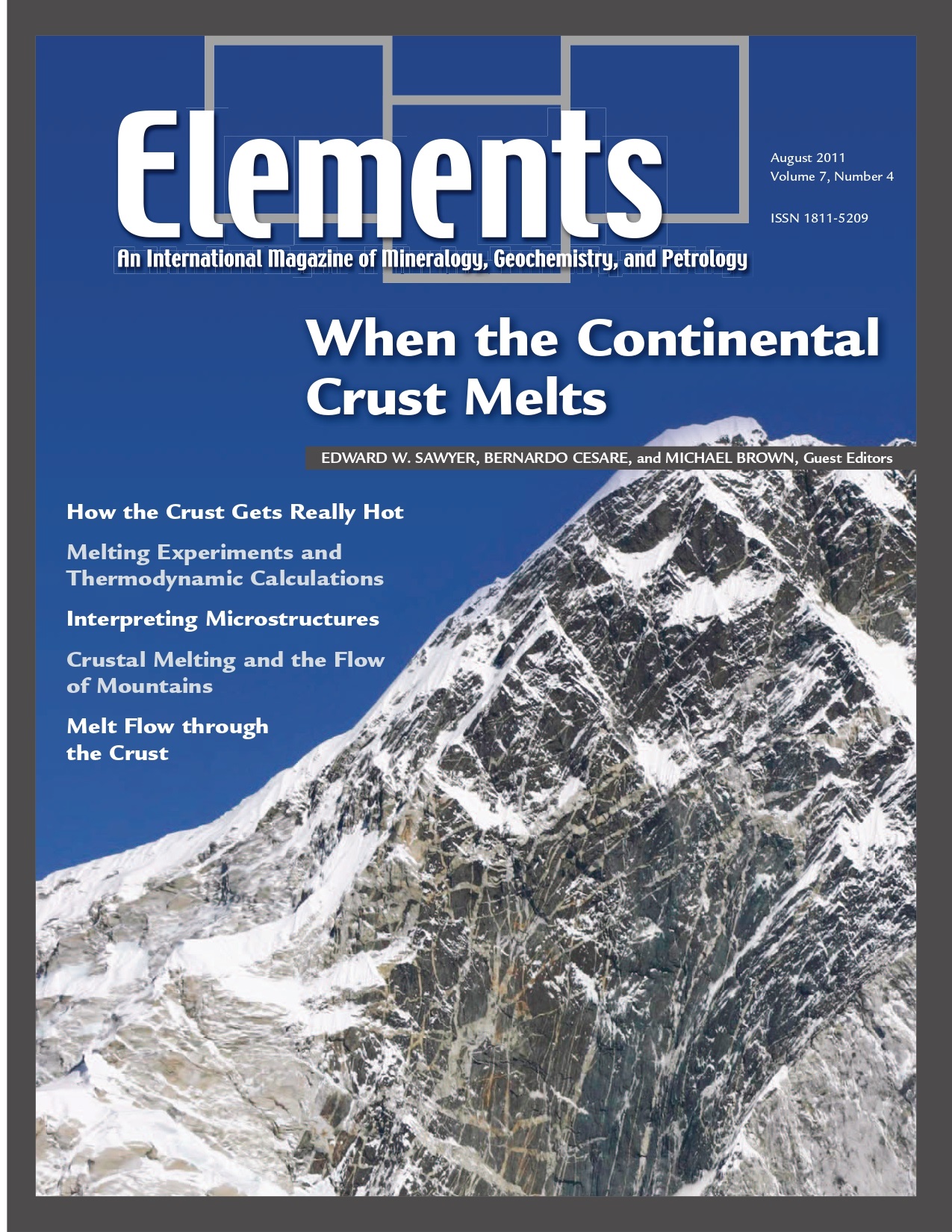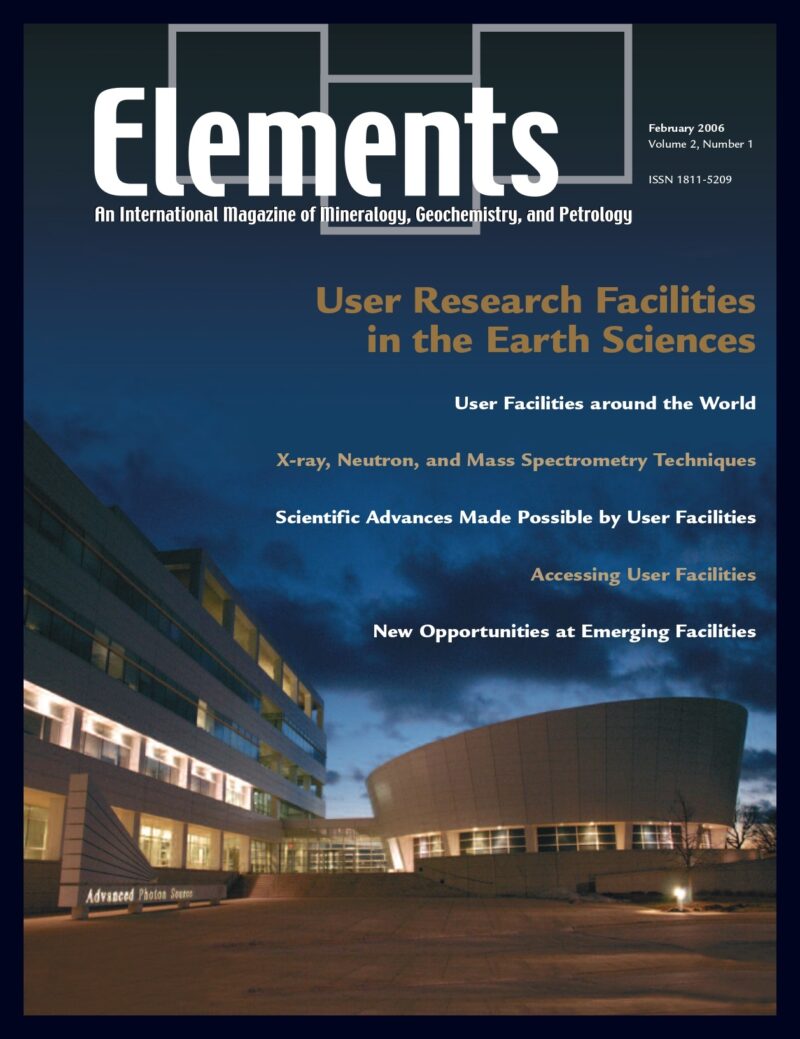
Sustainable Remediation Of Soils, December 2010, Vol. 6, No. 6
June 28, 2024
Mine Wastes, December 2011, Vol. 7, No. 6
June 28, 2024When The Continental Crust Melts, August 2011, Vol. 7, No. 4
$20.00
Partial melting is the most important process affecting the continental crust. It is responsible for the large-scale compositional and density structure that has stabilized the crust over geological time.
When The Continental Crust Melts
August 2011, Vol. 7, No. 4
Partial melting is the most important process affecting the continental crust. It is responsible for the large-scale compositional and density structure that has stabilized the crust over geological time. Partial melting occurs extensively in the deep crustal roots of mountain ranges that form where continents collide. The thin film of melt that develops on the edges and faces of mineral grains results in a substantial weakening of the crust, which concentrates deformation into the melt-bearing rocks and allows them to deform faster. This issue of Elements deals with the source of the heat responsible for widespread melting and the information that can be retrieved from mineral assemblages and microstructures in lower crustal rocks. It also explores the mechanisms of melt transfer and the large-scale geodynamic consequences of melting the crust as it deforms.
Why You’ll Love Elements Magazine:
- Expert Contributors: Articles written by renowned researchers in the field of geoscience.
- Engaging Content: Join a community of readers who are passionate about Elements.
- Exceptional Quality: Each issue is printed on high-quality paper with stunning visuals and detailed illustrations that bring complex scientific concepts to life.
Order your copy of the August 2011 issue of Elements magazine today and find out what happens when the continental crust melts.
Related products
-
Carbon Dioxide Sequestration, October 2008, Vol. 4, No. 5
$20.00Storage of carbon in the subsurface involves introduction of supercritical CO2 into rock formations beneath the surface of the Earth, typically at depths of 1000 to 4000 meters. Although CO2 is a relatively benign substance, the volume being considered is large.
-
User Research Facilities In The Earth Sciences, February 2006, Vol. 2, No. 1
$20.00Earth scientists rely on effective access to user research facilities that provide state-of-the-art analytical instrumentation. This thematic issue focuses on some of these facilities and how to use them.
-
Diamonds, March 2005, Vol. 1, No. 2
$20.00Diamond, the fascinating ultrahard mineral, is the focus of considerable interest and scientific research. Recent advances particularly relevant to geoscientists include: diamond as a recorder of Earth processes from the perspective of inclusions, chemistry, and conditions of formation; synthesis for research applications and processing to modify color and physical properties, important to diamond gems and anvils; the implications of nanodiamonds from meteorites.




